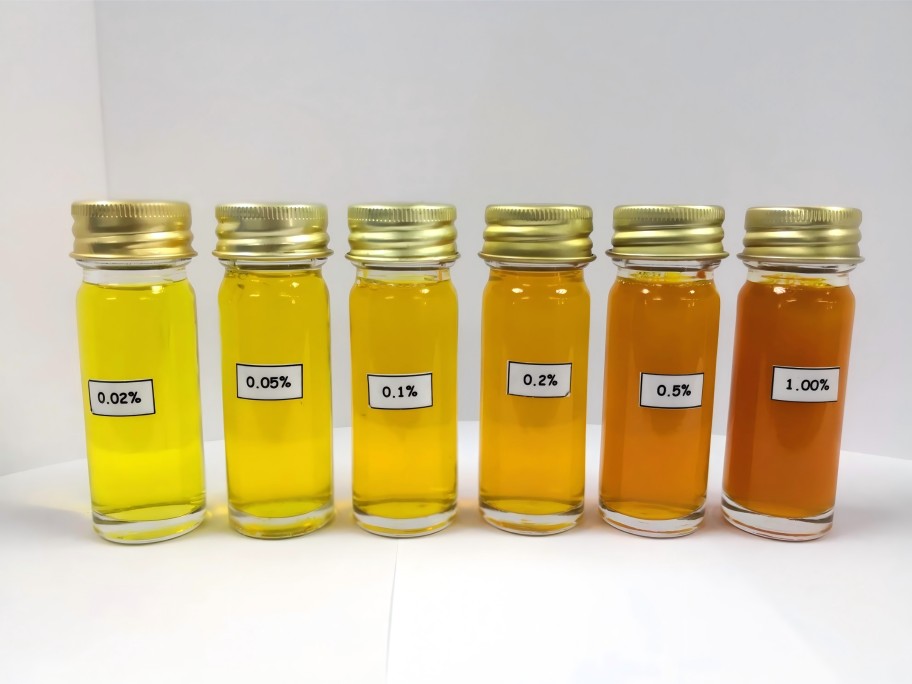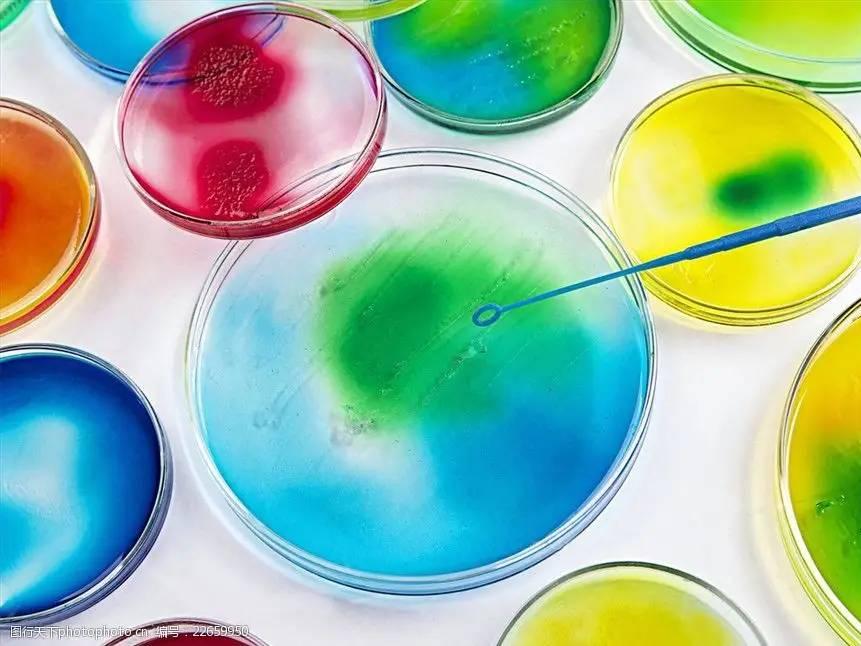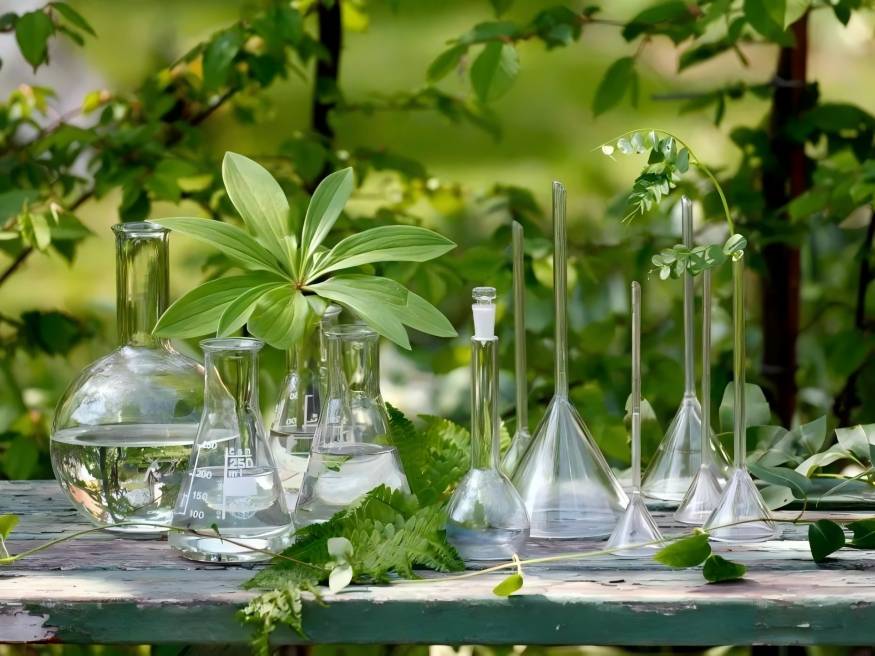What Is the Extraction Method of ß Carotene Powder?
Beta-carotene is one of the carotenoids and an orange-yellow fat-soluble compound. It is the most common and stable natural pigment in nature and is widely found in various plants, algae, fungi and bacteria. Extensive experiments have proven that β-carotene is an antioxidant, has detoxifying properties, and is an essential nutrient for maintaining good health. It has a significant effect in preventing cancer, cardiovascular disease, cataracts, and oxidation, and can prevent many degenerative diseases caused by aging and senility.
In addition, β-carotene also has a positive effect on the development and growth of animals. It can prevent and eliminate free radicals produced during physiological metabolism in the body, and is the strongest “foe” of oxygen free radicals.
Beta-carotene is found in abundance in natural plants. Its antioxidant and coloring functions are widely used in medicine, food, cosmetics and other fields, and are of great significance to human health. In recent years, the discovery of more health and medicinal functions of beta-carotene and the increasing demand for natural food additives have led to a year-on-year increase in the demand for beta-carotene [1]. This paper briefly introduces the physical and chemical properties and biological activities of β-carotene, focusing on the research hotspots and development trends of various extraction processes, with the aim of providing a reference for the development and utilization of β-carotene resources.
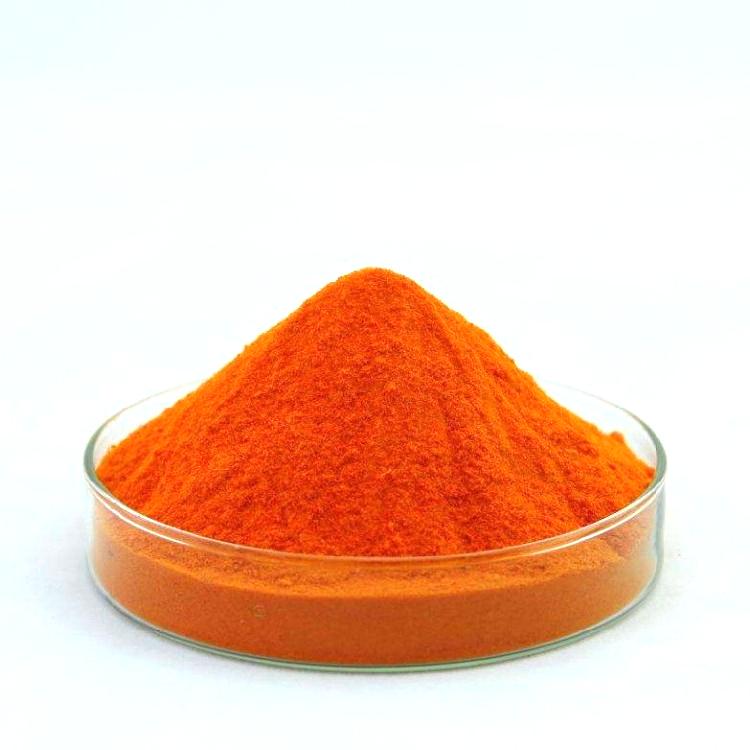
1 Physical and chemical properties of β-carotene
1.1 Physical and chemical properties
Beta-carotene is a tetraterpene compound with multiple isomers. Its molecular formula is C40H56 and relative molecular mass is 535.88. It often coexists with chlorophyll in plants and algae[2]. Beta-carotene is a shiny, dark red to dark red, oblique hexahedron, plate-like microcrystal or crystalline powder with a slight peculiar or foreign odor. It is unstable in the presence of oxygen, heat and light, but stable in weak alkalis. It is insoluble in water, propylene glycol, glycerin, acids and alkalis, but soluble in carbon dioxide, benzene, chloroform, hexane and vegetable oil, and almost insoluble in methanol and ethanol. This property can be used to select a suitable extraction solvent to extract β-carotene from plants.
2 Extraction process of β-carotene
Common extraction methods for β-carotene include supercritical CO2 extraction, ultrasonic extraction, microwave-assisted extraction, organic solvent extraction, high performance liquid chromatography, etc.
2.1 Supercritical CO2 extraction
Supercritical CO2 extraction is the most common supercritical fluid extraction technique. It uses the excellent solubility of CO2 under specific conditions to separate, extract and concentrate substances, and has advantages that other techniques cannot match. The principle of the supercritical fluid extraction and separation process is that supercritical fluids have a special dissolving effect on substances such as fatty acids, alkaloids, ethers, and pigments. The process makes use of the relationship between the solubility of supercritical fluids and their density, i.e., the influence of pressure and temperature on the solubility of supercritical fluids. It is characterized by high efficiency and high yield.
Supercritical CO2 extraction is a novel separation and purification technology that is non-toxic and non-polluting. It has been widely used in the food and pharmaceutical industries. For example, Liu Yingfen and others successfully extracted β-carotene from salt algae powder using supercritical CO2 extraction. The results showed that the higher the extraction pressure and temperature, the higher the extraction rate. The process conditions were: operating pressure 35MPa, temperature 50°C. Under these conditions, the β-carotene extraction rate was above 90%, and the content was 14.4% [3].
Supercritical CO2 extraction is not only suitable for plants, but also for fungi. For example, Wang S.L. et al. used supercritical CO2 extraction to extract β-carotene from red yeast, The results showed that after the red yeast was broken down by acid-heat treatment, the extraction rate could reach 0.83% under the optimal extraction conditions determined: extraction pressure 30MPa, temperature 40°C, CO2 flow rate 20kg/h, extraction time 90min[4].
Supercritical fluid extraction has the advantages of no solvent residue, no pollution, and low extraction costs. It also avoids denaturation of the extract at high temperatures, and has a fast heat transfer rate, easy temperature control, and is currently a more ideal method for β-carotene extraction.
2.2 Ultrasonic extraction
Ultrasonic extraction is an energy-saving and efficient extraction method that has emerged in recent years. It uses an ultrasonic solvent for extraction. With the help of the alternating cycle of positive and negative pressure generated by the transmission of ultrasonic energy during ultrasonic action, cavitation is generated between the solvent and the sample. At the same time, the special functions of ultrasonic waves, such as crushing and stirring, destroy the cell walls of plants, allowing the solvent to penetrate the extraction medium and enter the cells to extract the target product. The extract is filtered and centrifuged, then concentrated under reduced pressure, and finally dried to obtain crude β-carotene extract.
Ultrasonic-assisted extraction is a widely researched extraction process. For example, Xiong and others used ultrasonic-assisted extraction to extract β-carotene from carrots, and determined its content using HPLC as the evaluation index. The optimal process obtained through uniform experimentation was ultrasonic power 60%, liquid-to-solid ratio of 15:1, extraction time of 60 min, extraction temperature of 40 °C, and extraction for 3 times [5]. Ultrasonic-enhanced extraction has the characteristics of short extraction time, high yield, and no heating required, making it very suitable for the extraction of β-carotene.
For example, Zhaoyu Zhi et al. optimized the ultrasonic-assisted extraction process of carotenoids from wheat seedlings, and used a magnesium oxide exchange column to separate and purify β-carotene. High-performance liquid chromatography was used for gradient elution to separate and determine the mass concentration of β-carotene and the content during the purification process. The results showed that the optimal process parameters for the ultrasonic-assisted extraction of carotenoids from wheat seedlings were a liquid-to-liquid ratio of 1:50 (g/mL), petroleum ether:acetone 95:5 (v/v), an ultrasonic power of 300 W, an extraction time of 50 min, and three extractions at room temperature, giving a β-carotene content of 4.86 mg/g [6].
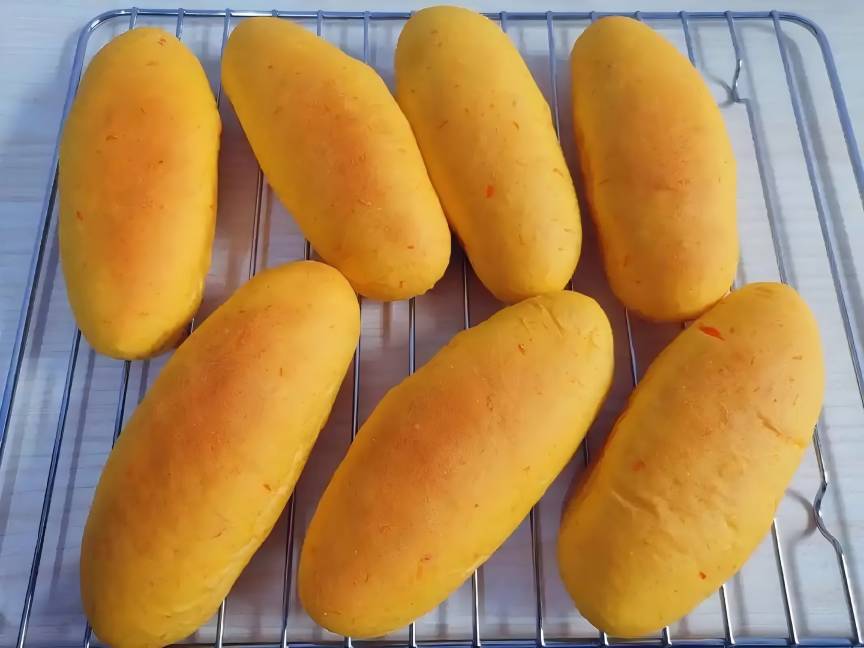
The ultrasonic-assisted method has the advantages of high extraction efficiency, low extraction temperature, and wide applicability. The crude product obtained has few impurities, and the effective ingredients are easy to separate and purify. In recent years, the research hotspots of the ultrasonic-assisted method have mainly focused on the optimization of process conditions. If combined with other methods, such as high performance liquid chromatography and ultrasound-ethanol microwaves, the results will be even better. However, there are not many research reports on this, and it should attract the attention of researchers. Due to the short cycle and simple operation of ultrasound-assisted extraction of β-carotene, the extraction rate is high. Therefore, as a very effective method for extracting β-carotene, it has been widely used in industry in recent years.
2.3 Microwave-assisted extraction method
The high-frequency electromagnetic waves generated during microwave action accelerate the rate of diffusion of the extract into the solvent. At the same time, the high-energy microwaves cause the temperature inside the cells to rise rapidly, the thermal motion of the molecules to increase, and the internal pressure of the cells to increase to the maximum negative pressure that the cell walls can withstand. The cells break down in large numbers, the effective ingredients in the cells are released from the cells. In addition, the electromagnetic field generated by microwaves accelerates the diffusion of β-carotene from the inside to the outside, thereby increasing the yield.
Due to its advantages of rapid heating, simple operation, low energy consumption and solvent saving, microwave extraction has a place in the extraction of natural products. Wang Ying et al. used a mixture of ethyl acetate and absolute ethanol as the extraction solvent to extract β-carotene from carrots with microwave assistance, and investigated the effects of the liquid-to-solid ratio, microwave time and microwave power on the extraction rate. The results showed that the optimal process conditions for β-carotene extraction were a liquid-to-solid ratio of 1:5 (g/mL), a microwave time of 40 s and a microwave power of 400 W. Under the optimal conditions, the extraction rate can reach 47.8% [7]. Chen Lei et al. used microwave-assisted extraction to extract β-carotene from wolfberry, and screened the solvent for extracting β-carotene, and investigated the effects of microwave extraction power, extraction time, solid-liquid ratio, and extraction temperature on β-carotene extraction rate. The results showed that the optimal process for microwave extraction of β-carotene was: microwave power 400W, time 80s, temperature 25℃, solid-liquid ratio 1:15. Under these conditions, the extraction rate of β-carotene was 0.55% [8].
Microwave extraction of β-carotene has the advantages of energy saving and high efficiency, good selectivity, solvent saving, high product quality, good reproducibility, and simple equipment. However, microwave-assisted extraction has the fatal flaw of uncontrollable temperature rise. If not operated properly, β-carotene will deteriorate. Therefore, microwave extraction requires strict control of the operation, especially the temperature. With the development of automatic control technology, the temperature control performance of microwave reactors has been improved to a certain extent, and microwave extraction will be increasingly used for the extraction of various substances.
2.4 Organic solvent extraction method
The organic solvent extraction method is mainly based on the difference in polarity between the extracted components of the raw material and the physicochemical properties of coexisting impurities, following the principle of like dissolves like. Organic solvents are added to the raw material to enable the mass transfer process of the active ingredients transferring from the surface or inside the tissue of the raw material to the solvent. It is commonly used to extract water-soluble pigments, polysaccharides, etc., and is widely used.
The use of the principle of like dissolves like to transfer the active ingredients is the most effective feature of solvent extraction. For example, Zhang Yan et al. used solvent extraction to extract β-carotene from white lotus flower powder. They used single factor and orthogonal experiments to investigate the influence of factors such as extraction time, extraction solvent, extraction temperature, liquid-to-material ratio, and number of extractions on the extraction rate. The results showed that the optimal extraction conditions for β-carotene from white lotus flower powder were as follows: ethyl acetate as the organic extraction solvent, extraction time 180min, 45℃, liquid-to-solid ratio 1:6, extraction times 2, β-carotene extraction rate of 679.864ug/g[9].
For example, Wang Haiying et al. extracted β-carotene from algae. After exploring the effects of extraction agent, temperature, time, and solid-liquid ratio on the β-carotene extraction rate, they found that the optimal extraction process conditions for β-carotene extraction from dried spirulina powder were as follows: using ethyl acetate as the extraction agent, a solid-liquid ratio of 1:10 (mg/mL), and a constant temperature treatment at 65 °C for 6 h. The extraction rate was 0.85 mg/g [10].
The organic solvent extraction method is simple to operate and low in cost, but the extraction rate is relatively low. At present, the organic solvent method is mostly used for the extraction of natural β-carotene, but there are problems with the source of raw materials, outdated extraction technology, high levels of heavy metal content, and the serious harm to the human body caused by the residues of organic solvents. This results in low economic efficiency and makes it difficult to achieve large-scale production.
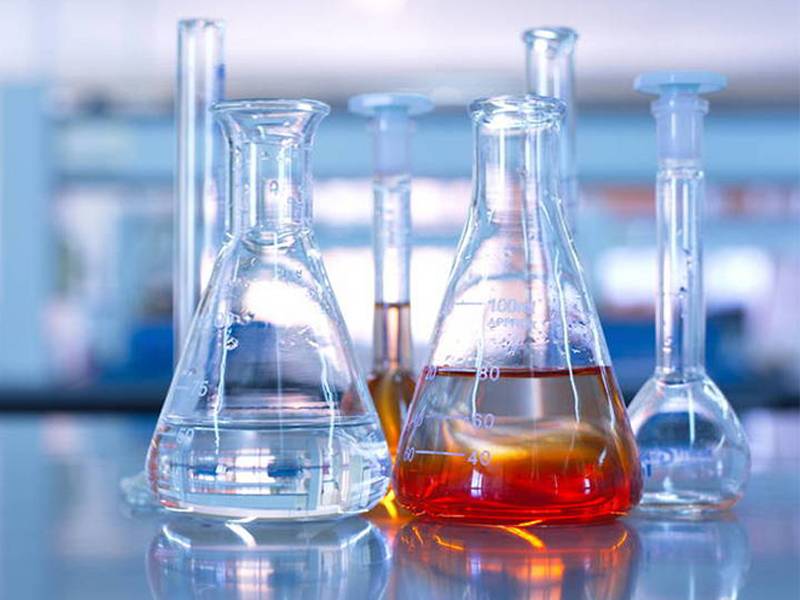
High-performance liquid chromatography, also known as high-pressure or high-speed liquid chromatography, is an important branch of chromatography that uses a liquid mobile phase and a high-pressure infusion system. It uses a high-pressure infusion pump to inject a mobile phase of a single solvent with different polarities or a mixed solvent with different proportions, a buffer solution, etc., into a chromatographic column containing a stationary phase. The sample to be tested is injected through the injection valve and carried into the column by the mobile phase. After the components in the column are separated, they enter the detector in turn for detection, thereby achieving the analysis of the sample. However, due to the complexity of the operation and high analysis costs, liquid chromatographs are expensive to purchase and maintain. Therefore, this method is rarely used in industrial production.
3. Prospects
In a society where everyone values their health, the many outstanding properties of beta-carotene are becoming increasingly apparent, especially in terms of cellular antioxidants. It has become one of the indispensable raw materials in healthcare. For humans, eating products rich in beta-carotene can achieve a very good antioxidant effect. Therefore, the extraction and purification of β-carotene has become particularly important. Microwave extraction has obvious advantages. The focus of future research should be on further experimental research and the development and promotion of the process. High-performance liquid chromatography and supercritical CO2 extraction are limited by high costs and other factors, and are not yet ready for industrial production. However, supercritical CO2 extraction can be used to produce β-carotene with a high degree of purity. Organic solvent extraction is a relatively mature process, but it is gradually being phased out due to disadvantages such as the large amount of solvent used and the high viscosity of the extract.
In recent years, the demand for β-carotene in food additives, medical care, cosmetics and other fields has been increasing. The current task is to find some suitable methods for large-scale industrial production to meet people's demand for β-carotene. Therefore, we should focus on the development of β-carotene-related products, while also strengthening research on its safety to expand its scope of application. It is believed that with the continuous improvement of extraction and purification technology, β-carotene will play a greater role.
References
[1] Chen Lei, Hou Hongbo, Li Ningning. Research progress of β-carotene production process [J]. Modern Agricultural Science and Technology, 2011 (7): 362-363.
[2] Yang Yongqing, Zhong Siqiong, Chen Hongxiu, et al. Research progress of natural carotenoids in the fruits of Tribulus terrestris [J]. Food Science, 2012, 33 (15): 339~343.
[3] Liu Yingfen, Xin Naihong, Liu Hongyan, et al. Research on the application of supercritical CO2 extraction technology in the extraction of β-carotene [J]. Innovative Technology, 2011 (5): 14~16.
[4] Wang Siliu, Wu Xiaozong, Wang Haixiang, et al. Extraction of red yeast β-carotene using supercritical CO2 technology [J]. Food Research and Development, 2011 (1), 32 (1): 4~6.
[5] Xiong Ke, Xia Yanbin, Liu Rong. Ultrasonic enhanced extraction of β-carotene process [J]. Food Science and Technology, 2008 (5): 160~163.
[6] Jiao Yuzhi, Zhai Weiwei, et al. Extraction and purification of β-carotene from selenium-rich wheat seedlings [J]. Food Science and Technology, 2011 (22): 124-127.
[7] Wang Ying, Chen Hu, Wang Zhiwei. Research and optimization of microwave extraction of β-carotene [J]. Applied Chemical Industry, 2011, 40(12): 2160~2162.
[8] Chen Lei, Hou Hongbo, Li Ningning, et al. Study on the extraction process of β-carotene from wolfberry [J]. Guangdong Chemical Industry, 2012, 39(1): 31~32.
[9] Zhang Yan, Shi Wei, Wu Yanyan, et al. Optimization of the extraction process conditions of β-carotene from white lotus flower powder [J]. Food and Fermentation Technology, 2011, 49(3): 68-71.
[10] Wang Haiying, Du Weimin, Li Wen, et al. Study on the extraction process of β-carotene from dried spirulina powder [J]. Chinese Food and Nutrition, 2010(6): 64-66.


 English
English French
French Spanish
Spanish Russian
Russian Korean
Korean Japanese
Japanese